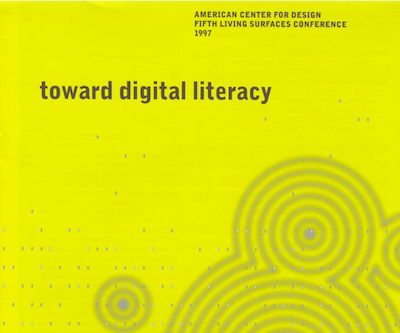Jane Fulton Suri
Written by Erin Malone
Most people in design and across the business world have heard of IDEO. And along with that the names of two well-known members—co-founder David Kelley and past president Tim Brown—most known for their evangelization of Design Thinking and the d-school at Stanford. Others may know more about co-founder Bill Moggridge, who designed the first laptop computer, authored Designing Interactions and after IDEO, was the Director of Cooper-Hewitt National Design Museum until he died in 2012. What most people don’t know is that when the 3 companies that merged to make up IDEO in 1992, Moggridge brought with him members of his firm ID Two and that included his research team, including Jane Fulton Suri, whom he had hired in 1987.
Suri went on to become a Design Director, then Executive Design Director, and then Chief Creative Officer and is now a Partner Emeritus for the firm. During her tenure at IDEO she infused the organization with human-centered practices integrated with research, becoming one of the most well-known organizations in the world for human-centered design, informed by generative qualitative research. She pioneered empathic observation in human-centered design and brought her curiosity about human behavior into the industrial and interaction design practices.
Born in England in the 1950s, Suri studied psychology and architecture at university and spent the first part of her career working on projects where observing how people used equipment in their natural context was used to make improvements to these items, whether they be motorcycles, power tools or larger systems like public transit. “I was just fascinated by people's behavior and the relationships that they had with stuff in everyday life.”[1] She brought this practice of observation and interviewing people to understand product use to ID Two when she joined the firm in 1987.
As she tells the story, she was on holiday in San Francisco and was introduced to Bill Moggridge by a mutual friend. “We just had an amazing conversation and it ended up with him asking me, ‘what would you like to happen as an outcome of this?’ And I said, ‘I’d like you to offer me a job.’ And he did. My charge was to strengthen the studio’s human-centered approach, and to integrate research with the practice of design.”[2]
Working with designers, first in the London office and then the San Francisco offices, allowed her to become involved in both understanding what was at issue with existing products, and to use her skills for more generative research to inform and inspire designers when designing new products. This type of collaboration was something she had been looking to have in her work and she became the driver for infusing research into design at IDEO. She comments on this in an article about using design research for innovation for Rotman Magazine written in 2008, “in the early 1990s at IDEO, I was given the chance to work on things that were completely new to the world, such as some of the first digital cameras, and medical processes and devices that neither doctors nor patients had experienced before. I also began to conceive and develop new offerings aimed at specific groups of people – educational games for children, a new kind of drink for athletes, and tools and services for people travelling on vacation.”
Over the 35 years she has been involved with IDEO, she has authored and co-authored dozens of articles sharing her perspective and philosophy about research and design collaboration practices with the profession as well as the world (many articles have been geared to the layman businessperson and not designers). These articles and case studies promote the process of experience prototyping, participatory design and learning from prototyping in the design and research process when these techniques were less well known in the field.
She has also authored two books, The Little Book of Design Research Ethics and Thoughtless Acts? Observations on Intuitive Design, which is a picture book that encourages people to notice intuitive interactions and experiences in the world.[3] That book was intended to inspire people to observe and question everything. Why do some things feel intuitive, why are certain interactions feel comfortable and others don't? “The critical component is to not just notice what people are doing, but to really try to understand what’s driving it.”[4]
In addition to academic papers, longer articles and books, Suri co-authored IDEO’s Method Cards—a suite of cards that are intended to educate and inspire designers in their creative endeavors. In 2009, Fast Company celebrated the seven-year anniversary of these cards proclaiming, “What the Cluetrain Manifesto did for marketing strategy, IDEO and specifically the Method Cards did for design strategy. In the same way Cluetrain saw and named what was happening in a “small pieces, loosely joined” world, in the Method Cards, IDEO saw and named a design strategy that was for and about interconnected everyday people.”[5]
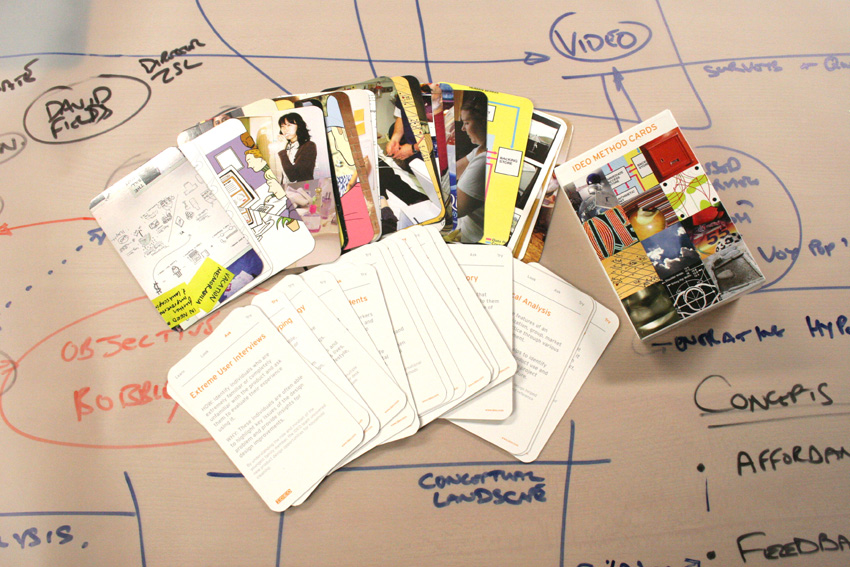
IDEO Method cards. Photo by Chris Rycroft. Creative Commons Attribution 2.0 Generic (CC BY 2.0) https://creativecommons.org/licenses/by/2.0/
The Method Cards shared IDEO’s methods and design processes with the world and they spawned a whole industry of brainstorming, design methods, deliverables, and practice cards from an ever-growing number of creativity and design organizations and publishers. In fact, building off the success of their previous cards, IDEO also issued a set of Nature Cards, providing insights into designing for natural systems and learning from biological living things.
When asked about her contributions to the field she remarks, “I don't feel like I invented very much. I feel that maybe it was more about acquiring or applying things that other people were doing. That would be a key idea, would be, what are other people doing exploring in other domains?”[6] What Suri did bring to the field was empathy for end users; a new way of seeing through deep observation—a design sensibility to seeing the world—as part of the design process. That well of curiosity evolved out of her deep observation of human behaviors and is translated through design sensibilities to become innovative new products where previously nothing existed.
[1] Jane Fulton Suri, The Future is Life-Centered - Jane Fulton Suri, IDEO, interview by Aryel Cianflone, Mixed Methods, July 24, 2019, https://www.mixed-methods.org/episodes/2019/7/24/the-future-is-symbiotic-jane-fulton-suri-ideo.
[2] “Interview with Jane Fulton Suri, Executive Design Director at IDEO,” designboom | architecture & design magazine, April 25, 2016, https://www.designboom.com/design/jane-fulton-suri-interview-ideo-little-book-of-design-research-ethics-04-25-2016/.
[3] “Interview with Jane Fulton Suri, Executive Design Director at IDEO,” designboom | architecture & design magazine, April 25, 2016, https://www.designboom.com/design/jane-fulton-suri-interview-ideo-little-book-of-design-research-ethics-04-25-2016/.
[4] Roberta Cruger, “Question Everything - Thoughtless Acts?,” HOW Magazine, June 2007.
[5] Craig Pelkey-Landes, “Learn, Look, Ask, Try: IDEO Method Cards Turn 7,” Fast Company, June 24, 2009, https://www.fastcompany.com/1300369/learn-look-ask-try-ideo-method-cards-turn-7.
[6] Jane Fulton Suri, The Future is Life-Centered - Jane Fulton Suri, IDEO, interview by Aryel Cianflone, Mixed Methods, July 24, 2019, https://www.mixed-methods.org/episodes/2019/7/24/the-future-is-symbiotic-jane-fulton-suri-ideo.
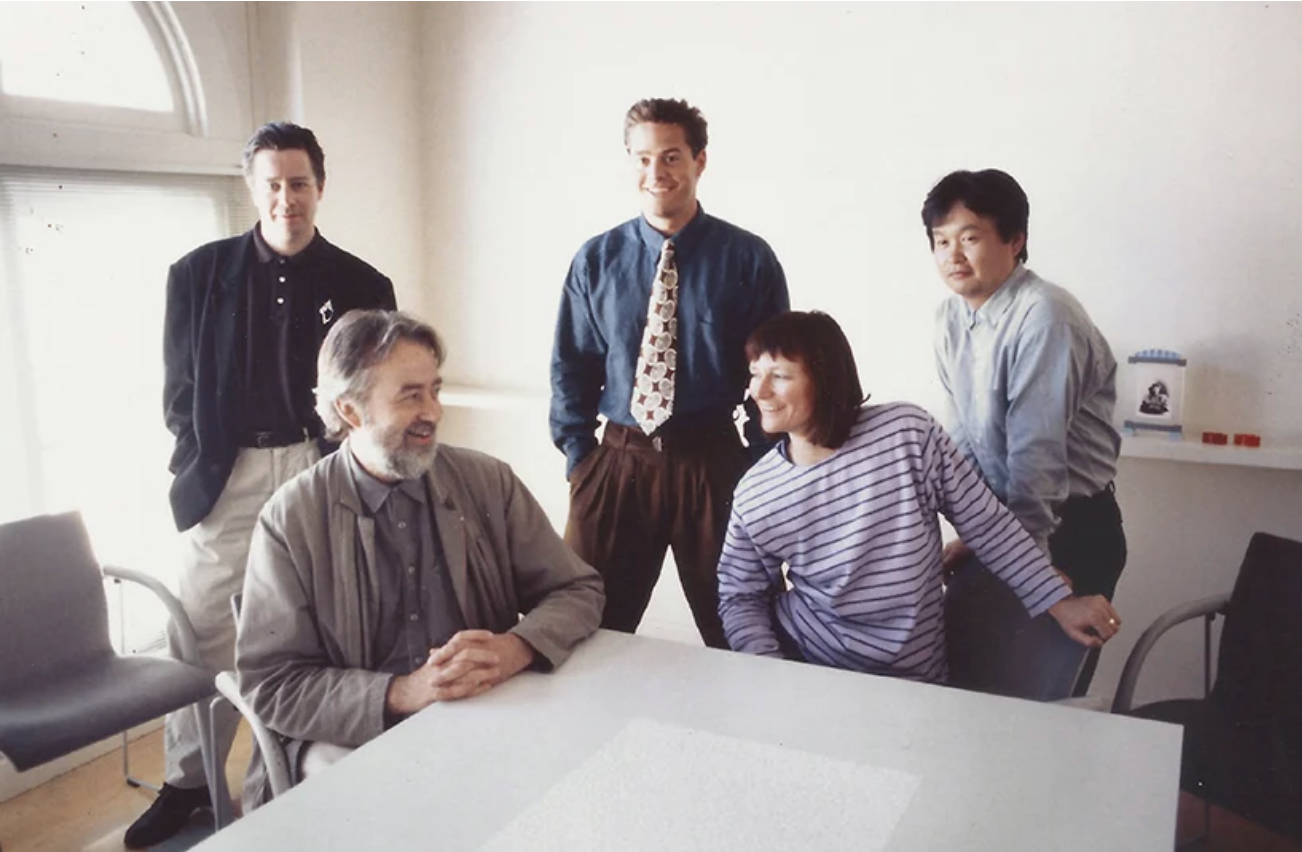
ID Two team circa 1988
(standing L-R) Tm Brown, Chris Loew, Naoto Fukasawa (seated) Bill Moggridge, Jane Fulton
Jane Fulton Suri Bibliography
Brouwer-Janse, Maddy D. “From Our Past to Our Future.” Conference Companion on Human Factors in Computing Systems - CHI ’95, 1995. https://doi.org/10.1145/223355.223501.
Brouwer-Janse, Maddy D., Jane Fulton Suri, Mitchell Yawitz, Govert de Vries, James L. Fozard, and Roger Coleman. “User Interfaces for Young and Old.” Interactions 4, no. 2 (March 1, 1997): 34–46. https://doi.org/10.1145/245129.245133.
Buchenau, Marion, and Jane Fulton Suri. “Experience Prototyping.” Proceedings of the Conference on Designing Interactive Systems Processes, Practices, Methods, and Techniques - DIS ’00, 2000. https://doi.org/10.1145/347642.347802.
Coughlan, Peter, Fulton Suri Jane, and Katherine Canales. "Prototypes as (Design) Tools for Behavioral and Organizational Change: A Design-Based Approach to Help Organizations Change Work Behaviors." The Journal of Applied Behavioral Science 43, no. 1 (03, 2007): 122-134. https://www-proquest-com.proxy.cca.edu/scholarly-journals/prototypes-as-design-tools-behavioral/docview/236254408.
Cruger, Roberta. “Question Everything - Thoughtless Acts?” HOW Magazine, June 2007.
Dubberly, Hugh, Shelley Evenson, and Rick Robinson. “The Analysis-Synthesis Bridge Model.” Interactions, March 2008, 57–61. https://doi.org/https://doi.org/10.1145/1340961.1340976.
“Interview with Jane Fulton Suri, Executive Design Director at IDEO.” designboom | architecture & design magazine, April 25, 2016. https://www.designboom.com/design/jane-fulton-suri-interview-ideo-little-book-of-design-research-ethics-04-25-2016/.
———. “Jane Fulton Suri.” www.ideo.com. Accessed June 6, 2021. https://www.ideo.com/people/jane-fulton-suri.
Kelley, David, Jane Fulton Suri, and Ideo (Firm. The Little Book of Design Research Ethics. S. L.: Ideo, 2015.
Kuang, Cliff, and Robert Fabricant. USER FRIENDLY: How the Hidden Rules of Design Are Changing the Way We Live, Work & Play. First. New York: Farrar, Strauss and Giroux, 2019.
Moll-Carrillo, Hector J., Gitta Salomon, Matthew Marsh, Jane Fulton Suri, and Peter Spreenberg. “Articulating a Metaphor through User-Centered Design.” Proceedings of the SIGCHI Conference on Human Factors in Computing Systems - CHI ’95, 1995. https://doi.org/10.1145/223904.223981.
Pelkey-Landes, Craig. “Learn, Look, Ask, Try: IDEO Method Cards Turn 7.” Fast Company, June 24, 2009. https://www.fastcompany.com/1300369/learn-look-ask-try-ideo-method-cards-turn-7.
Suri, Jane Fulton, and R. Michael Hendrix. “Developing Design Sensibilities.” Rotman Magazine, 2010. https://new-ideo-com.s3.amazonaws.com/assets/files/pdfs/DevelopingDesignSensibilities.pdf.
Suri, Jane Fulton, and Suzanne Gibbs Howard. “Going Deeper, Seeing Further: Enhancing Ethnographic Interpretations to Reveal More Meaningful Opportunities for Design.” Journal of Advertising Research 46, no. 3 (September 2006): 246–50. https://doi.org/10.2501/s0021849906060363.
Suri, Jane Fulton. “Informing Our Intuition: Design Research for Radical Innovation.” Rotman Magazine, 2008. https://new-ideo-com.s3.amazonaws.com/assets/files/pdfs/news/Informing_Our_Intuition.pdf.
Suri, Jane Fulton, Katja Battarbee, and Suzanne Gibbs Howard. “Empathy on the Edge: Scaling and Sustaining a Human-Centered Approach in the Evolving Practice of Design.” IDEO. Palo Alto, CA: IDEO, January 2014. https://new-ideo-com.s3.amazonaws.com/assets/files/pdfs/news/Empathy_on_the_Edge.pdf.
Suri, Jane Fulton. "Poetic Observation: What Designers Make of What They See." In Design Anthropology: Object Cultures in Transition, edited by Alison J. Clarke, 69–86. London: Bloomsbury Academic, 2017. Accessed June 6, 2021. http://dx.doi.org/10.5040/9781474259071.ch-005.
Szenasy, Susan. “Q&A: Biomimicry with Jane Fulton Suri.” Metropolis, February 17, 2011. https://www.metropolismag.com/uncategorized/qa-biomimicry/.
———. The Future is Life-Centered - Jane Fulton Suri, IDEO. Interview by Aryel Cianflone. Mixed Methods, July 24, 2019. https://www.mixed-methods.org/episodes/2019/7/24/the-future-is-symbiotic-jane-fulton-suri-ideo.
Selected Stories
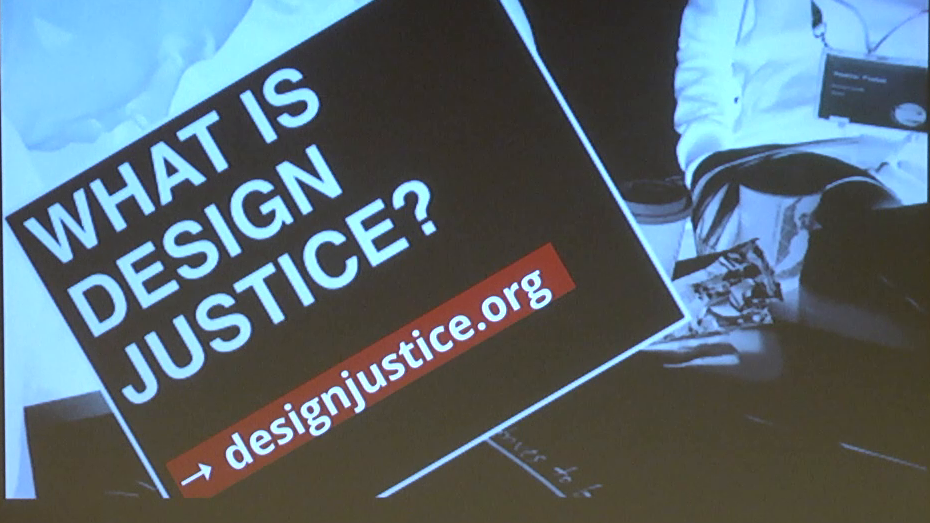
Sasha Costanza-ChockProject type
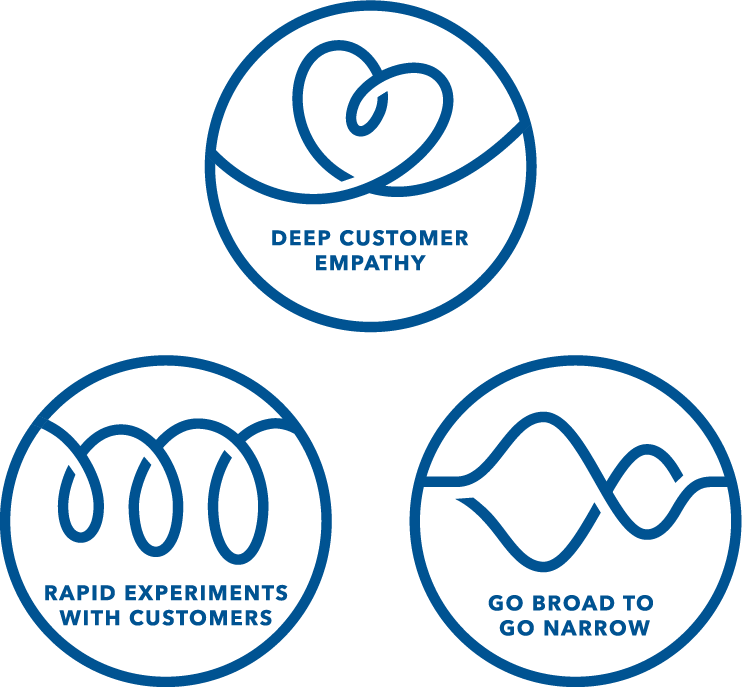
Kaaren HansonProject type
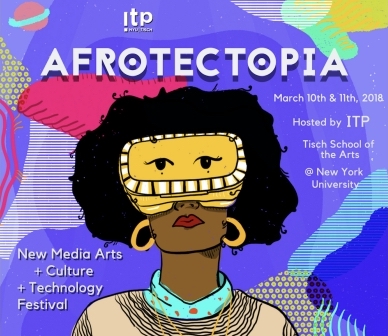
Ari MelencianoProject type

Mizuko Itoresearch
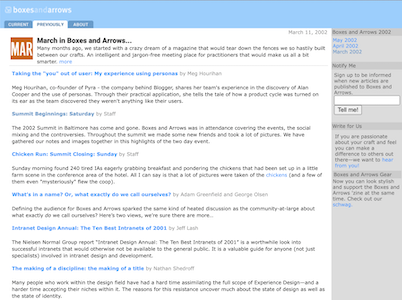
Boxes and ArrowsProject type

Mithula NaikCivic
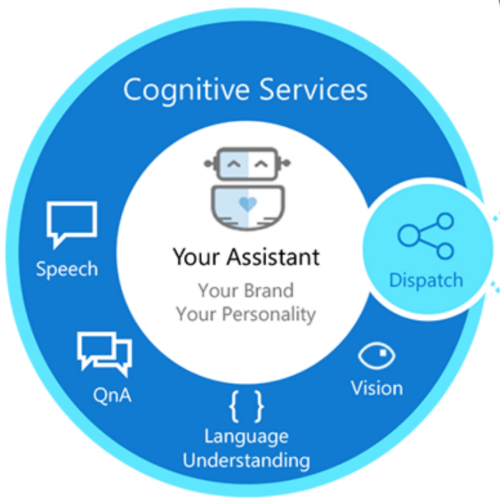
Lili ChengProject type

Ovetta SampsonProject type
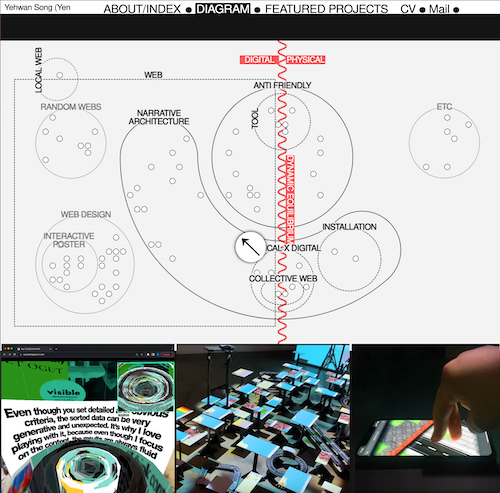
Yehwan SongProject type
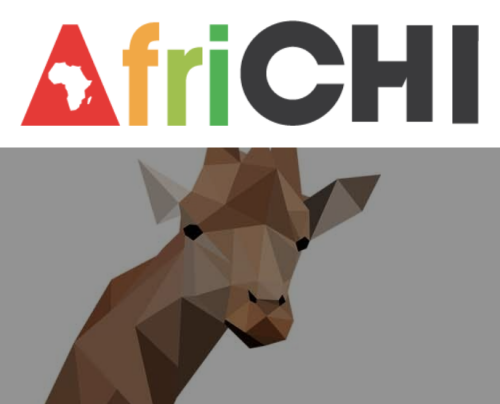
Anicia PetersProject type

Simona MaschiProject type
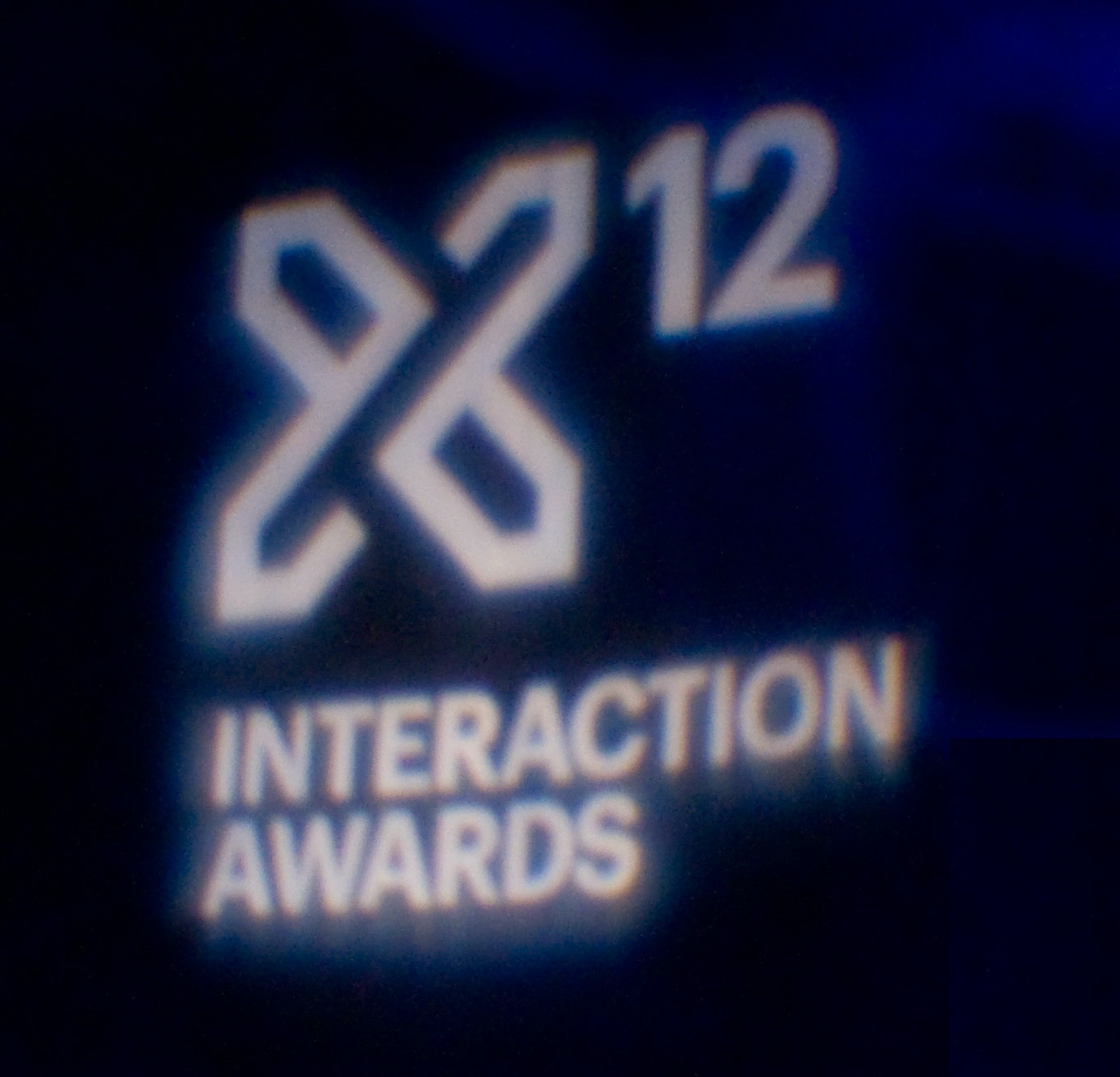
Jennifer BoveProject type
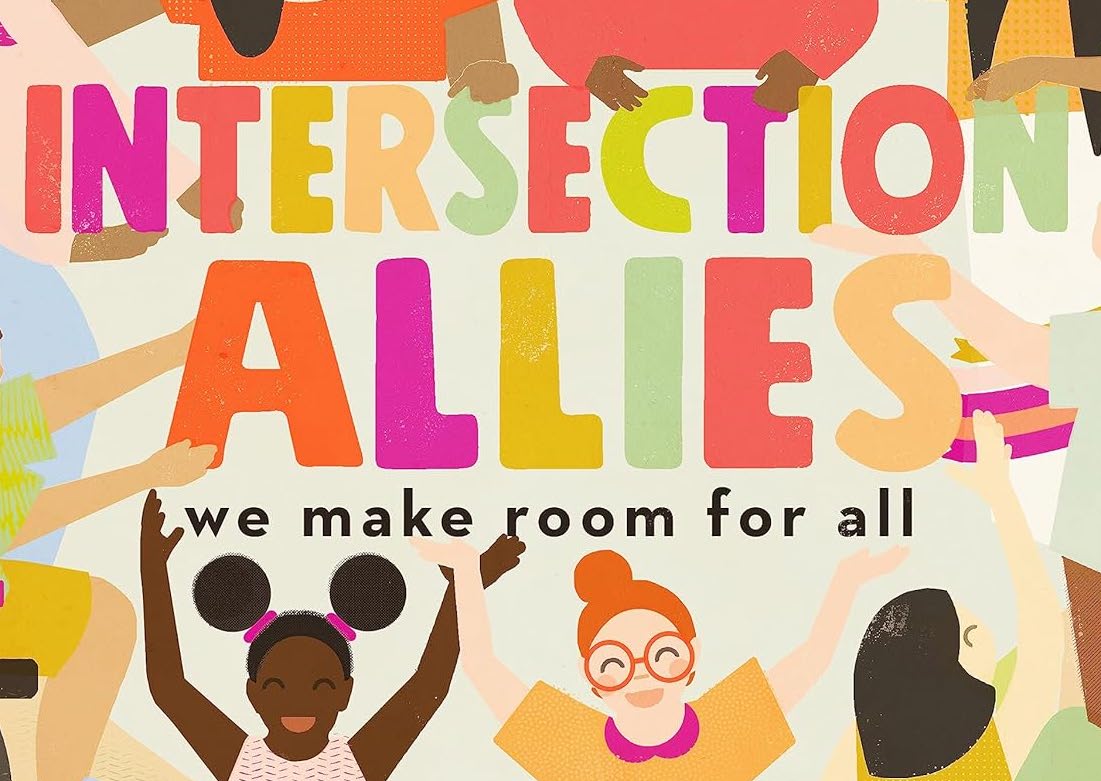
Chelsea JohnsonProject type
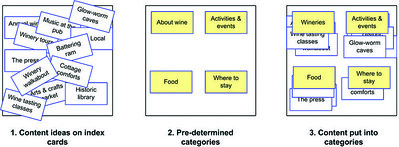
Donna SpencerProject type
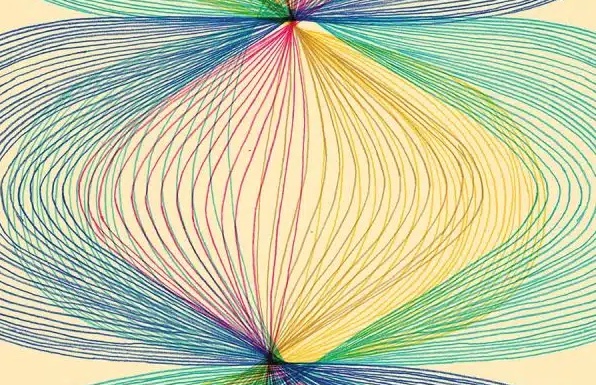
Lisa WelchmanProject type
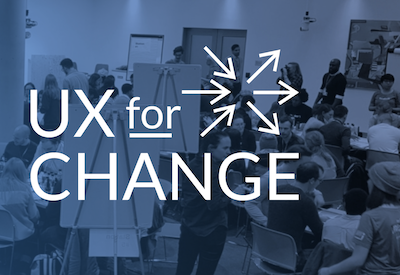
Sandra GonzālesProject type

Amelie LamontProject type

Mitzi OkouProject type

The Failings of the AIGAProject type
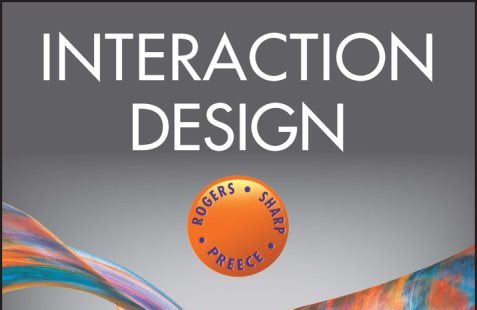
Jenny Preece, Yvonne Rogers, & Helen SharpProject type

Colleen BushellProject type

Aliza Sherman & WebgrrrlsProject type
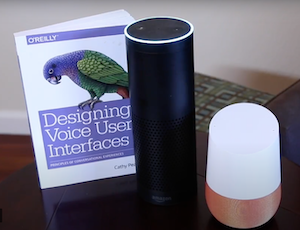
Cathy PearlProject type

Karen HoltzblattProject type
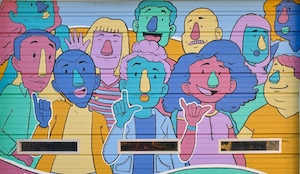
Sabrina DorsainvilProject type
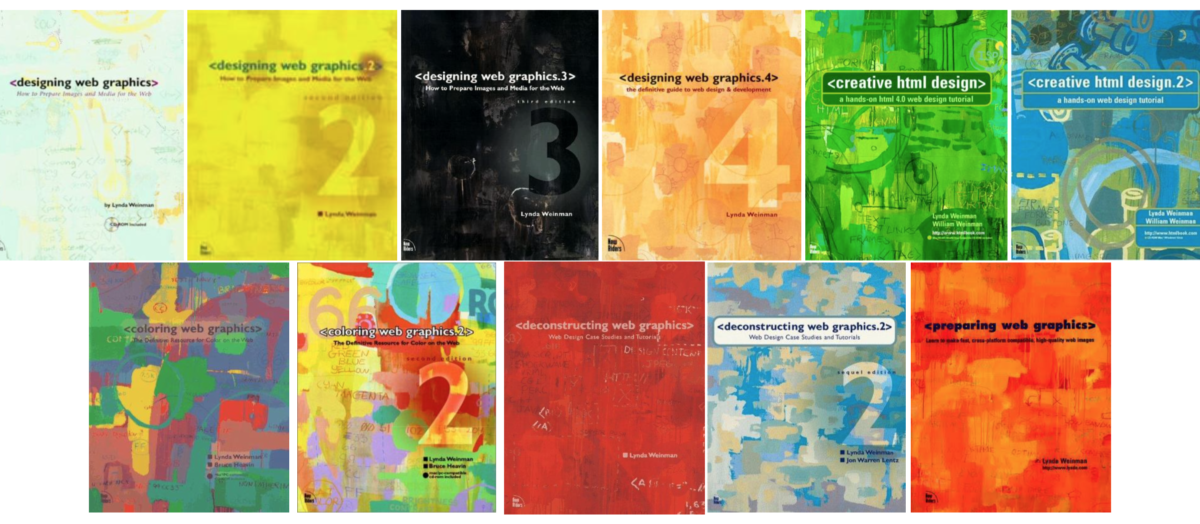
Lynda WeinmanProject type

Irina BlokProject type

Jane Fulton SuriProject type
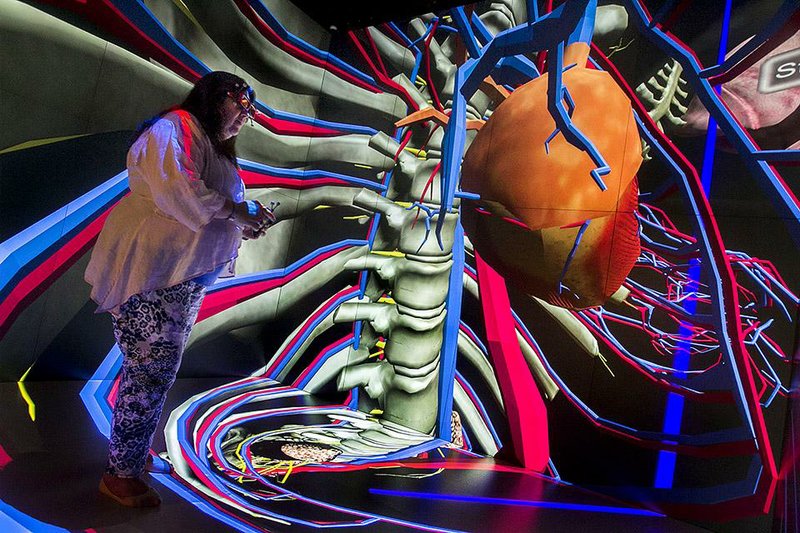
Carolina Cruz-NeiraProject type
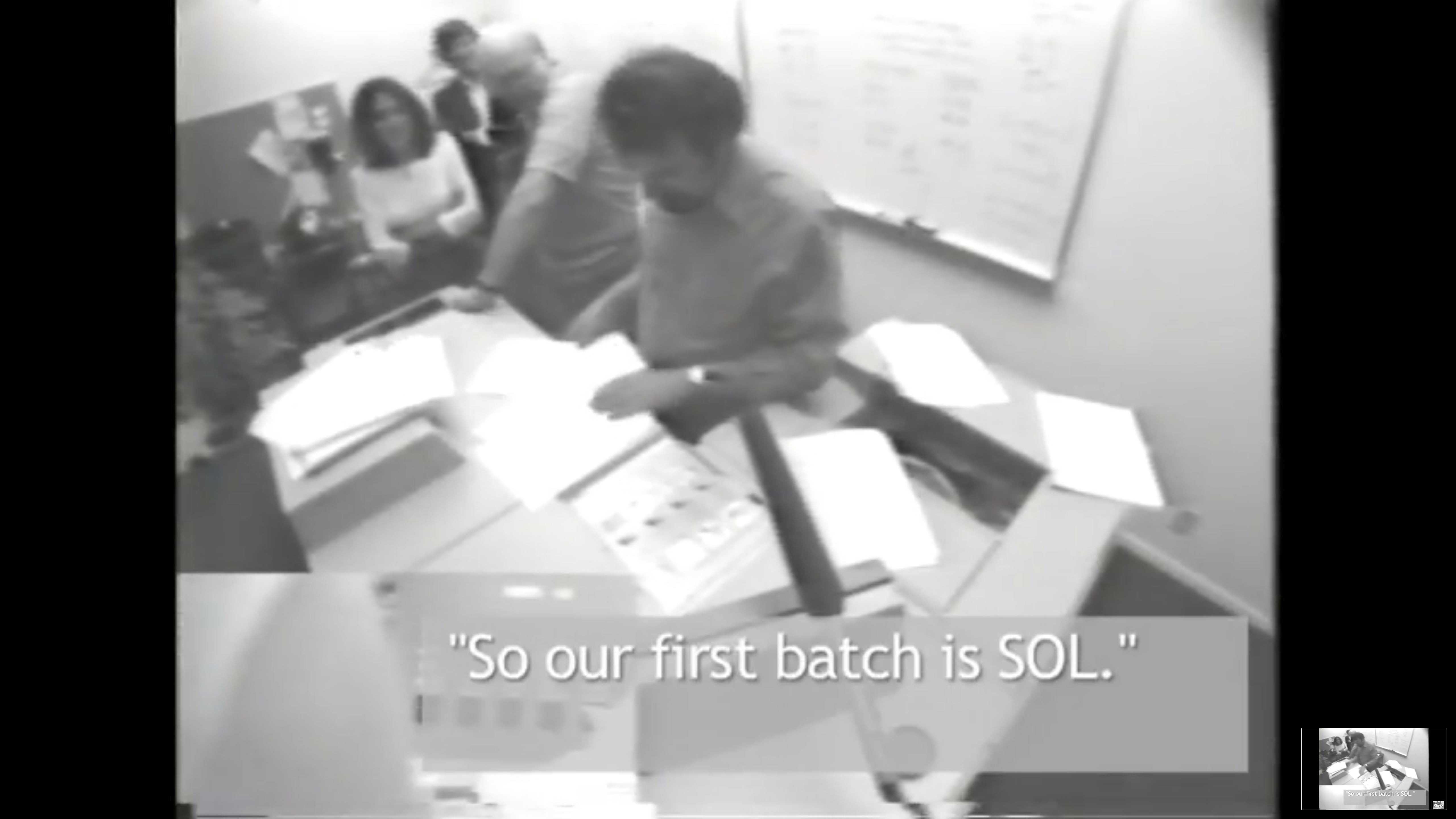
Lucy SuchmanProject type
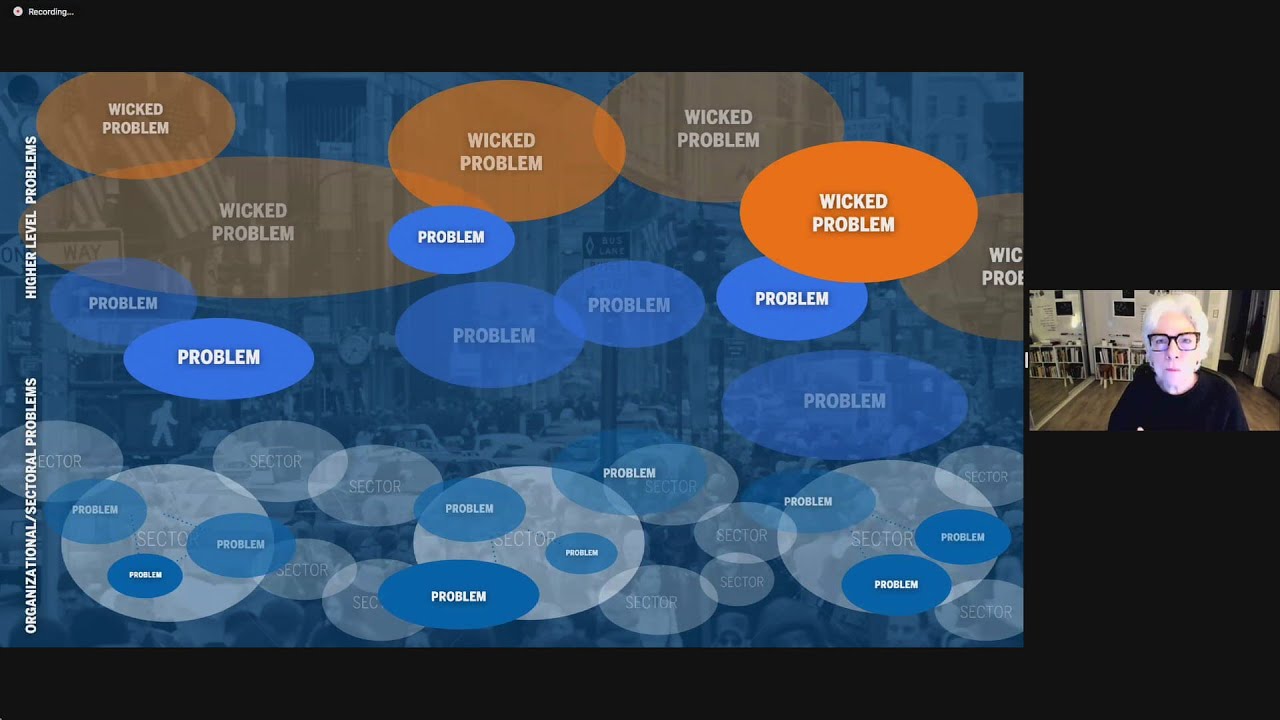
Terry IrwinProject type
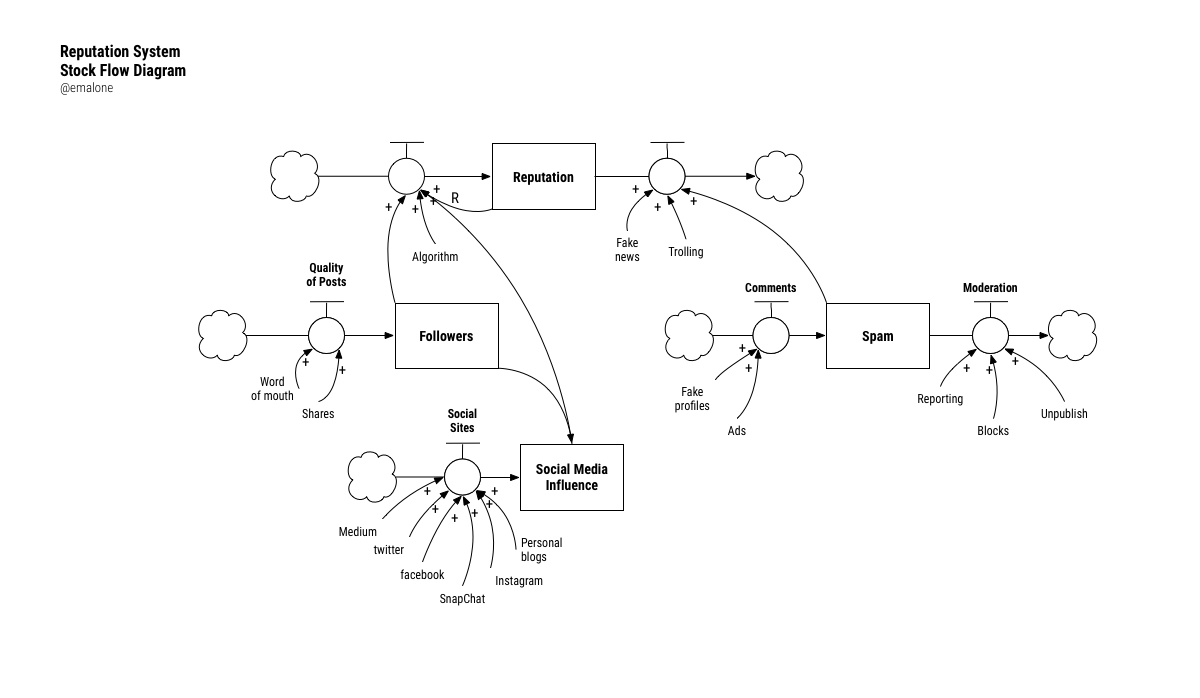
Donella MeadowsProject type
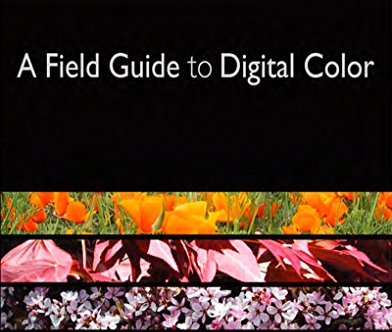
Maureen StoneProject type

Ray EamesProject type
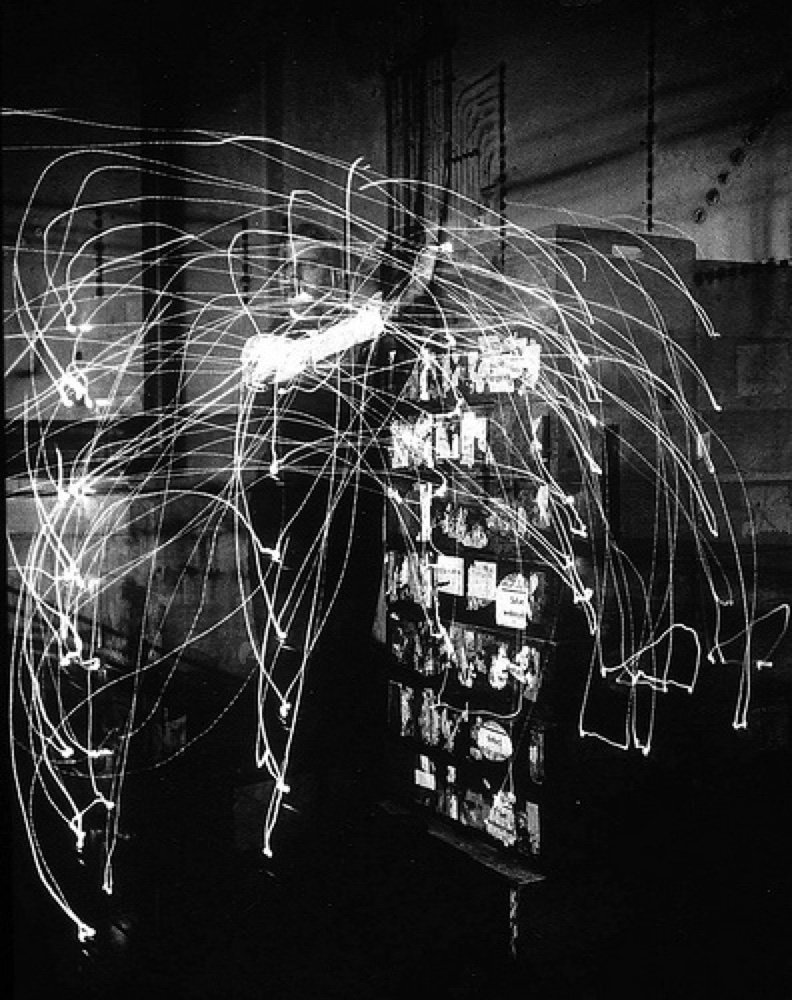
Lillian GilbrethProject type
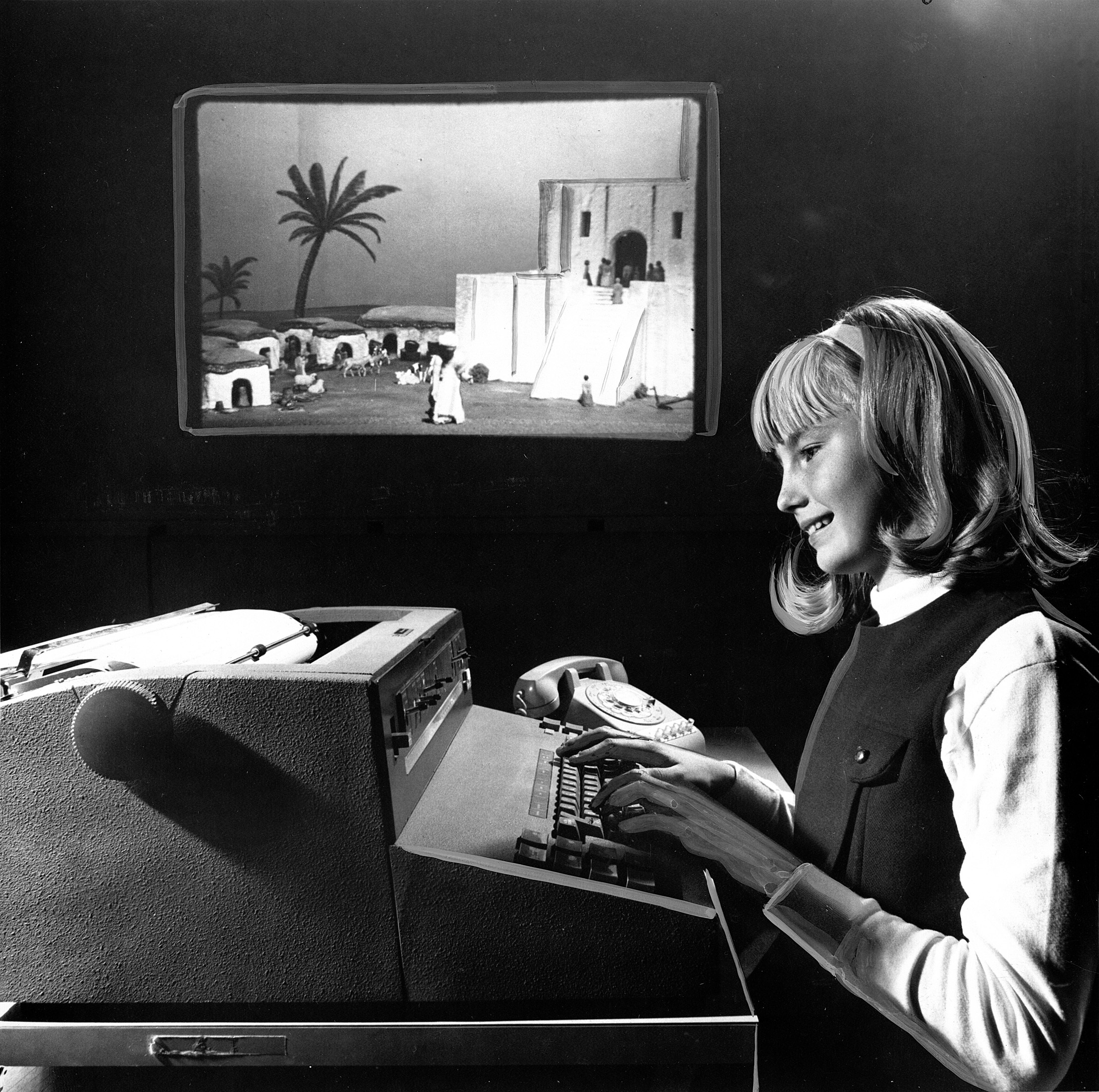
Mabel AddisProject type

Ángela Ruiz RoblesDesigner

